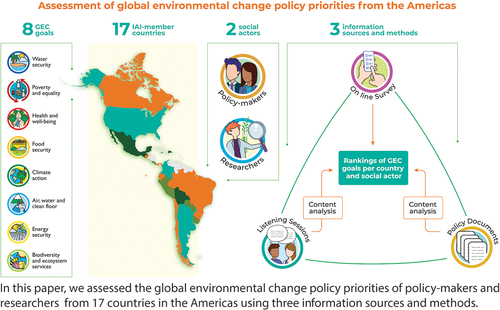Figures & data
Table 1. Eight goals to address global environmental change contained in the strategic plan of the Inter-American Institute for global change Research (IAI).
Figure 1. Overview of the methodological approach used to assess policymakers’ and researchers’ GEC policy priorities, as well as barriers and opportunities to using scientific information in decision-making, across 17 countries in the Americas. Arrows indicate how the information sources collected between April 2022 and March 2023 (upper row) were integrated to answer the four research questions addressed in the assessment (lower row).
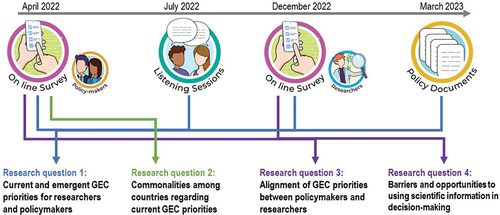
Figure 2. Balloon plot showing current global environmental change policy priorities per country as identified by policymakers.
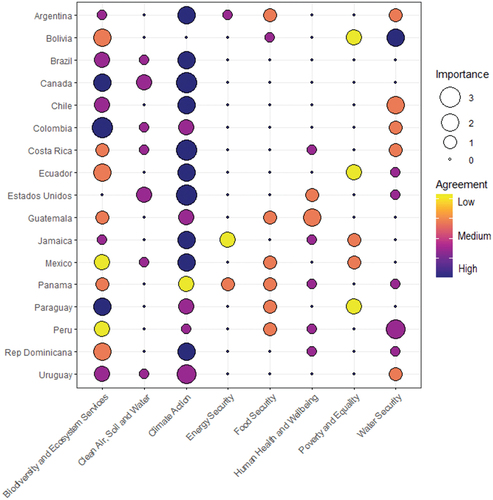
Figure 3. Balloon plot showing current global environmental change policy priorities per country as identified by researchers.
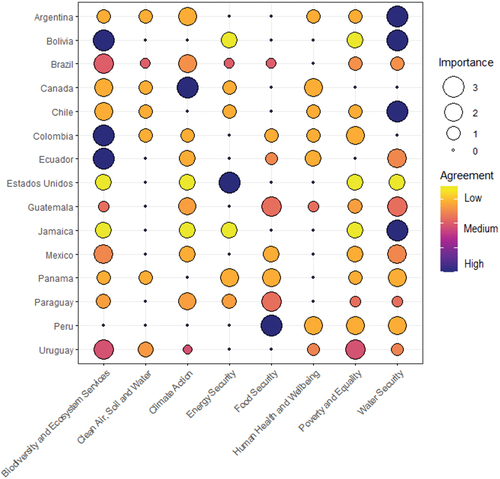
Figure 4. Bar plot comparing emerging global environmental change policy priorities as identified by policymakers and researchers.
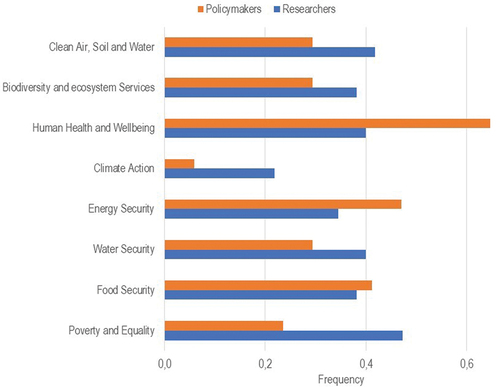
Figure 5. Clusters of IAI-member countries sharing current global environmental change policy priorities. Countries in grey did not participate in the assessment either because they have not designated a focal point (Cuba and Venezuela) or are not IAI-member countries.

Table 2. Similarities between policymakers and researchers regarding policy priorities for each country. The Jaccard similarity index ranges from 0 to 1, with values close to 0 indicating low similarity and values close to 1 indicating high similarity.
Figure 6. Barriers to using scientific information in decision-making for policymakers and researchers from survey responses.
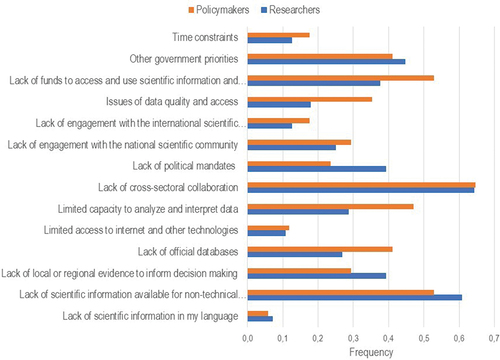
Figure 7. Opportunities to use scientific information in decision-making for policymakers and researchers from survey responses.
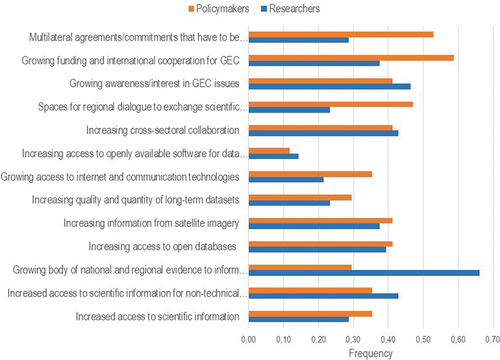
Table 3. Actions implemented by the IAI to overcome the barriers and seize the opportunities identified by policymakers and researchers from the Americas.

